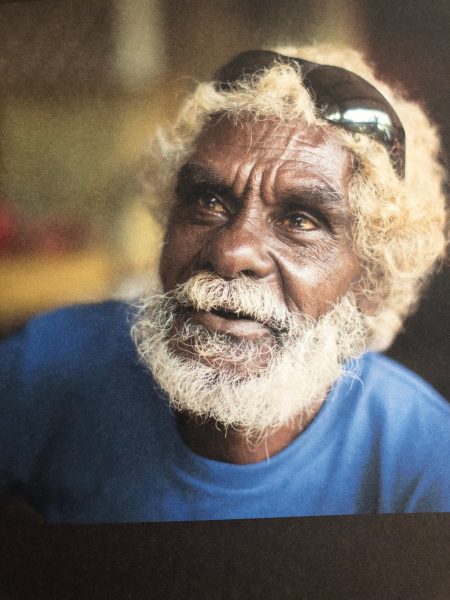Points of view, the first of a series of ideas I have been working on and thinking about, on some cases, for fifty years.
In the 1970s I worked a lot with Pölaroid materials. One idea I had was to make a composite image with the “tiles from the SX70 camera. This was not original, many of us had the same idea at the same time – I put some into my college graduation presentation (I got a distinction) – I reckon the best exponent pf this “tile” technique was (and still is) David Hockney.
I wanted to take this concept a stage further. Hockney made some desert landscapes with a small camera which he moves making multiple prints from slightly different positions and then compiling these into one image. This is now done with digital cameras and stitching, but something intangible is lost with this.
My plan is to make a matrix of cameras, I am aiming at a square image of 144 cameras around the 5×4 inch size – putting these into a frame and then focusing each on one aspect of a “subject” (could be a portrait, a landscape or a still life) – but slightly changing the perception of each by positioning or lens application.
The cameras all contain negative material – I could use wet-plate negatives or calotypes for this work, or simply standard silver gelatin negatives.
These negatives are cropped with scissors or overlapped, to create one large negative about 48×60 inch. This can be contact printed or used for carbon transfer to a glass panel (cheaper than photo paper).
A whole range of ideas flood in here – filters, double exposures – anamorphic application in some cameras – repeated images appearing (for example, a person or object could be included in some (or all) frames if the cameras wire triggered sequentially) – I have had 50 years of my life thinking about the final images on the wall.
Colour for some parts of the image is possible by using filters on some sets of three cameras with B&W materials
For years I have been collecting and testing the cameras – I have about 100 at present I can use, so a 50×40 inch negative is now possible. I have big UV lights and glass for printing and have made some trays for the darkroom.
This can only be a team project – all work we produce will be a joint copyright.
Not a computer to be seen anywhere – this is real photography.

